Photographer Hannah Starkey: ‘I Want to Create a Space for Women Without Judgment’
For more than 20 years the Belfast-born artist’s cleverly constructed portraits have captured the gestures of everyday female experience and tried to find new ways of seeing women
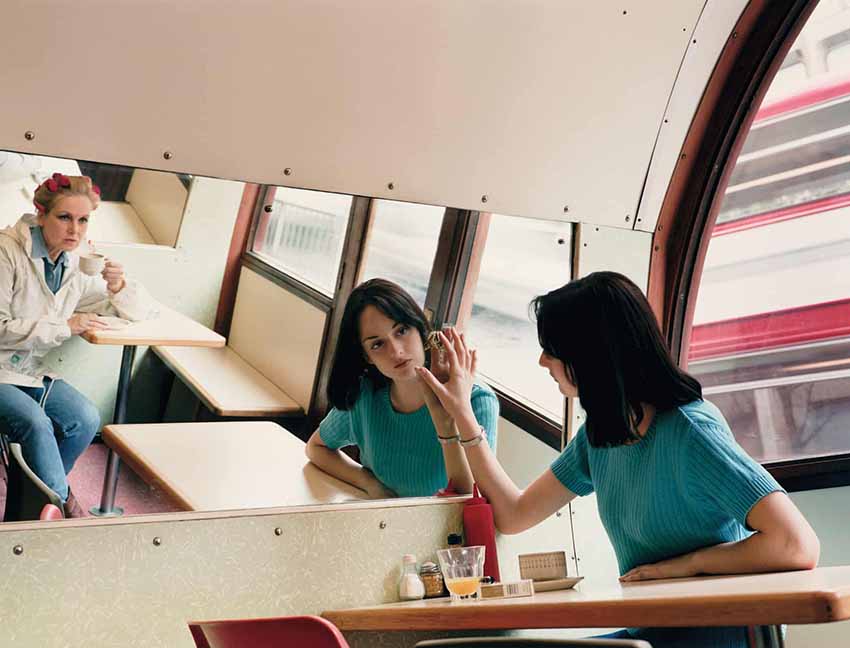
Photo Credit : Hannah Starkey and Mack.
‘When I first started out, photography was very male and not really considered art,” says Hannah Starkey. “I didn’t set out to have a feminist agenda, it was more that my interest in making work about women comes from the simple fact that I am one. That commonality of experience is at the heart of what I do as an artist.”
Now 47, Starkey has been making images of ordinary women for more than 20 years, her complex, cleverly choreographed portraits blurring the lines between portraiture, documentary and staging. A new book, Photographs 1997-2017, is a selective survey of an artistic career that started in spectacular fashion when her MA show in 1998 caused quite a stir in the London art world and has since settled into a quiet, consistently attentive exploration of female experience that also implicitly questions how women are represented elsewhere in our profligate image culture.
Though her photographs appear at first glance to be traditional observational documentary, they are deftly choreographed. Often she reimagines what she has observed on the street or in cafes, clubs and bars, using women she has hired to meticulously create stilled moments of female reverie, togetherness or fleeting interaction. The results are both truthful and artfully constructed, capturing the small gestures and glances of everyday experience while also subverting traditional notions of documentary and street photography.
“In the beginning, I wanted to create a hybrid out of the different approaches I had been taught,” she says, “by somehow bringing together the emotive language of documentary with the slickness of advertising and the observational style of street photography. I think I’ve become more reflective and considered, but the performative element has been a constant.”
Having “wandered into” photography via a vocational course at Napier University in Edinburgh, Belfast-born Starkey went on to study for an MA at the Royal College of Art. There she found her subject and her hybrid style, influenced, she says, by Peter Galassi’s book, Pleasures and Terrors of Domestic Comfort, which laid bare the anxieties at the heart of the American ideal of home through images by the likes of Nan Goldin, William Eggleston and Cindy Sherman. Her MA show featured seven large-format photographs of young women interacting, their style and compositional skill self-consciously referencing both classical painting and elaborate film stills. It caught the attention of London gallerist Maureen Paley, who left a note for her at the college and has represented her ever since.
“That graduate show set me up,” says Starkey. “Suddenly I was in demand and simultaneously I became very aware of the different space that women occupy in the photography world, both as practitioners and subjects. I have been acutely aware of that ever since, the ways in which women are constantly evaluated and judged. My gaze is not directed in that way. A lot of what I do is about creating a different level of engagement with women, a different space for them without that judgment or scrutiny.”
With two teenage daughters of her own, she is concerned about the tyranny of selfie culture and the ways in which young women are “being targeted much earlier as consumers and told constantly that their value is in their looks”. At the same time she is inspired by how younger female photographers are making their presence felt. “It just feels like things are opening up because so many young women are expressing themselves through photography.”
Though Starkey has always been an implicitly political artist, the concluding series in the book images of protesters at the Women’s March in London, 2017 is the closest she has come to more overtly activist photography. Here, too, the images have been created using technological post-production, allowing her to distil the experience of the protest into more formally constructed photographs. She is, she acknowledges in the afterword to the book, “interested in the psychological truth more than the photographic truth.” That, perhaps, is the essence of her hybrid way of seeing.
This article originally appeared on : The Guardian
-
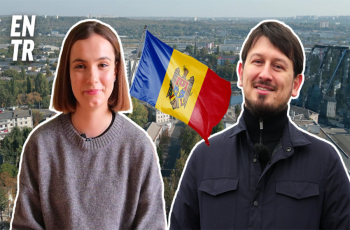
Moldovan youth is more than ready to join the EU
2024-04-18 -
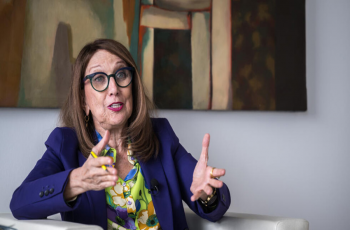
UN says solutions exist to rapidly ease debt burden of poor nations
2024-04-18 -
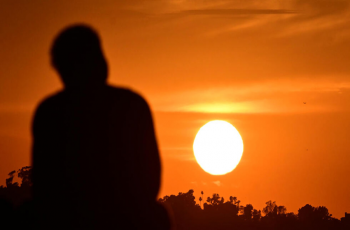
'Human-induced' climate change behind deadly Sahel heatwave: study
2024-04-18 -
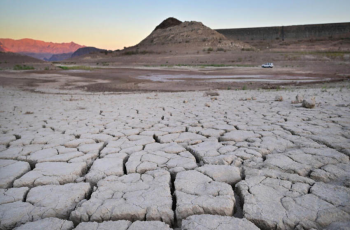
Climate impacts set to cut 2050 global GDP by nearly a fifth
2024-04-18 -
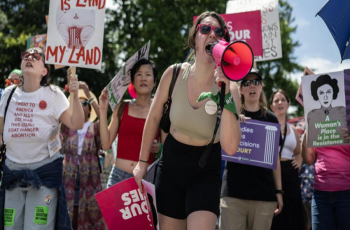
US sterilizations spiked after national right to abortion overturned: study
2024-04-13 -
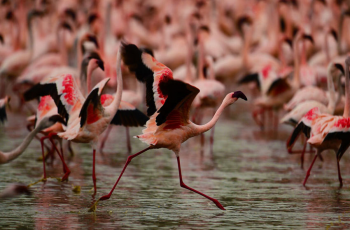
Future of Africa's flamingos threatened by rising lakes: study
2024-04-13 -

Corporate climate pledge weakened by carbon offsets move
2024-04-11 -
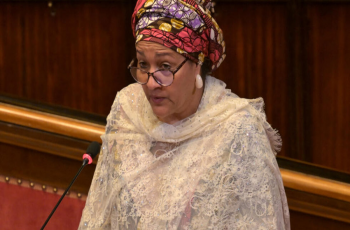
Humanity lost 'moral compass' on Gaza: top UN official
2024-04-10 -
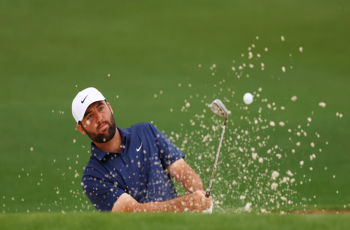
No.1 Scheffler says patience and trust are secrets to success
2024-04-10 -
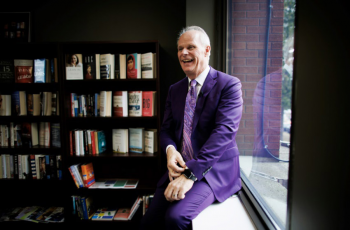
From homeless addict to city chief: the unusual journey of Canadian mayor
2024-04-10
